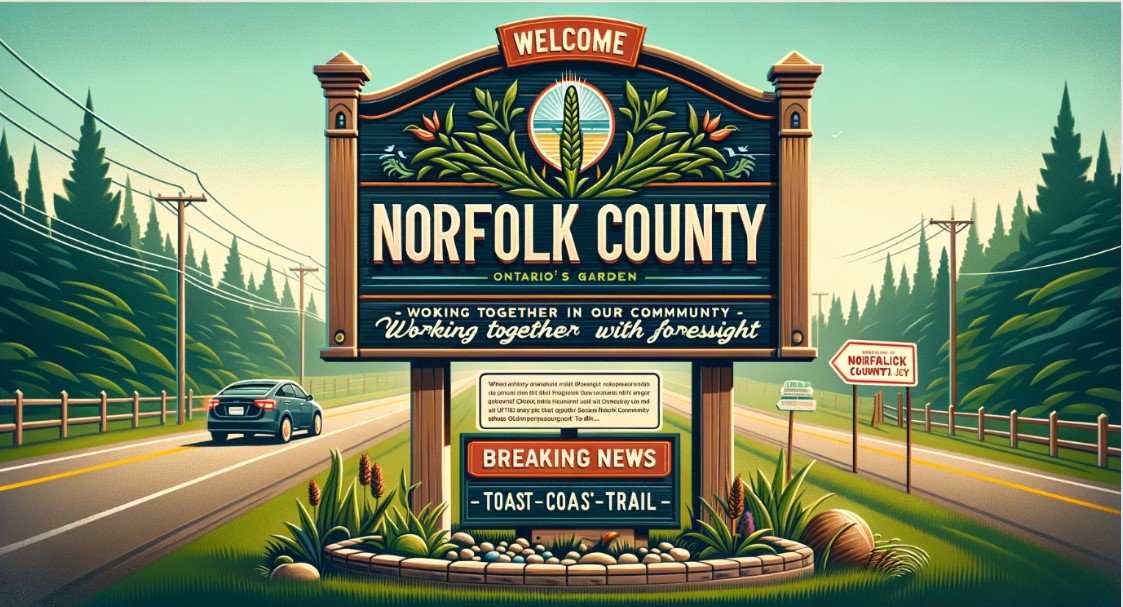In a recent strategic gathering, Norfolk County’s policymakers grappled with the intricacies of urban expansion. With prime agricultural land dominating the region, county planner Nicole Goodbrand spotlighted the crux of the debate—how to wisely accommodate a predicted population surge to 92,700 by 2051.
The inciting report by Watson and Associates Economists has Norfolk standing at a crossroads, envisioning 9,600 new dwellings. The planners lean toward maximizing current urban spaces, yet acknowledge the necessity for an additional 294 acres for housing and 129 for business purposes within a quarter-century.
To Mayor Amy Martin, this juncture is pivotal, offering a rare opportunity to sculpt Norfolk’s future landscape. She argues against ad hoc growth, advocating for a holistic approach to urban planning that transcends housing.
Compounding the challenge, Norfolk contends with not one, but five urban boundaries. In an exhaustive session, council members dissected proposals for each of the county’s urban pockets: Simcoe, Delhi, Waterford, Courtland, Port Dover, and Port Rowan.
Developers queued up, each championing their vision. Remarkably, a development proposition by Geranium seeks to repurpose the derelict Delhi Golf Course into a bustling residential area, sparing farmlands.
The local commerce collective, led by Mark Spence, champions this initiative, anticipating an influx of inhabitants and businesses. However, the opposition, voiced by Coun. Mike Columbus, emphasizes Delhi’s infrastructural constraints and untapped urban capacity.
Meanwhile, a landowner on Simcoe’s fringe eyes the inclusion of their acreage within the urban fold, proposing a “health-care campus” that could serve as the county’s beacon, complete with medical, hospice, and educational facilities.
In Courtland, a blend of industrial and residential development by the Kloepfers of Titan Trailers fame garnered councillors’ praise.
However, Port Rowan and Port Dover stand on different ground. Port Rowan braces for minimal change, whereas Port Dover already boasts a substantial land reserve within its present urban confines.
A previous public open house mirrored within council walls, drawing a predominantly developer crowd, revealed the contentious public sentiment toward development. Waterford’s expansion plans in particular have met with local apprehension.
In the face of potential urban sprawl, Goodbrand underscores the delicate equilibrium of present versus future needs. Meanwhile, Coun. Chris Van Paassen advocates a measured approach, wary of excessive ambitions.
With provincial mandates aiming for 1.5 million new homes by 2031, Mayor Martin stresses that growth is not just looming—it’s inevitable. Hence, she pushes for collaborative engagement with developers to shape sustainable communities proactively.
Norfolk’s path forward remains under deliberation, with another public meeting slated for May. The county’s decisions, monumental in shaping the local heritage and environment, will ultimately bow to provincial oversight.



